We dive into the truth about BPA and other endocrine disruptors in plastic containers, baby bottles and household items to determine if they’re safe for your health.
Are there chemicals leaching into my food from the containers I store them in? Is it dangerous to microwave even my alleged ‘microwaveable’ plastics? What’s in plastic wrap anyway – is that toxic?! What about baby bottles and toys? These may be the questions you’ve asked yourself after witnessing the internet uproar over ‘endocrine disruptors’. I’m here to tease apart the scientific jargon to help you navigate this controversy and figure out what’s safe for you and your baby.
What are endocrine disruptors?
Endocrine disruptors are a class of industrial chemicals that have been found to mimic hormones in the body, specifically estrogen, altering our natural hormonal processes. The endocrine system involves the parts of the body that release and respond to hormones to keep our bodies in balance and guide healthy growth and development. Endocrine disruptors do just that – disrupt the system.
They are found in detergents, flame retardant materials/furniture, toys, cosmetics and you guessed it – food storage containers! These include plastic Tupperware, water bottles, baby bottles, soda cans, and even plastic wrap. A quick google search will leave you scared that these disruptors could cause infertility, cancer, diabetes, sexual dysfunction, thyroid problems, neurological delays – you name it! To say that using these products will lead to these diseases is a bit of a stretch, because research is still ongoing, is not consistent, and is often done on animals, which may not be applicable to humans. I’ll get back to that point shortly.
First, let’s get the scientific jargon out of the way.
There are many different kinds of endocrine disruptors but before we get into them we should get some essential terminology down pat.
The food storage containers and baby product of concern are usually plastic. There are many different kinds of plastic made up of different components and chemicals. One of these kinds (a common one) is PVC – polyvynl chloride. In order to adjust the flexibility and durability of plastics made of PVC, materials called plasticizers are added. These plasticizers are made up of chemicals called phthalates. Phthalates are a large and diverse subset of chemicals that are further classified based on their influence on human health. One of the classifications are ‘endocrine inhibitors’. K. You still with me? Great. Now let’s dive into some of the types of endocrine inhibitors that have been hot topics in the media lately:
- BPA – Bisphenol A – An industrial chemical used to make clear, hard plastic, also known as polycarbonate. That means you can find it in food storage containers, water bottles, plastic cutlery, dish ware, baby toys and more! It also serves as a protective lining inside of soda cans. This is the endocrine disruptor that gets the most attention, and it seems that every few years people get up in arms about it over again.
- BPS – Bisphenol S – BPA’s relative. When people got upset about BPA and the market for BPA-free products started booming, BPS swooped in to take its place. Although, research like this started to emerge that BPS was fairly equivalent to BPA in terms of health risk.
- DEHP – Di(2-ethylhexyl) phthalate – Also an industry chemical, often found in food It used to be widely used in cosmetics, medical devices and children’s toys and clothes, but after it was found to be harmful, Health Canada imposed regulations to ban or restrict its use. Since it is not rid of completely, they advise people to use glass, stainless steel or food-grade plastic containers to heat or store hot food in order to avoid it. Health Canada engages in ongoing protective measures, and DEHP is one that they keep a close eye on.
- PFAS – Per- and polyfluoroalkyl – This is a chemical used to make materials that are grease, stain and water resistant, so it’s often found in food packages! It is most often found lining fast food packages, pizza boxes, and on-the-shelf goodies like bagged popcorn.
Endocrine Disruptors in Plastic Food Storage Containers
Much of the public upset right now is over fear that when we heat products that contain these chemicals, they can leach out and enter our food. That’s why so many people on the internet are scolding each other for microwaving lunch in a tupperware, or storing hot leftovers in plastic, or carrying hot coffee in a mug lined with PFAS. Apparently even putting your plastic items in the dishwasher could make for extra leakage!
When it comes to oily and fatty foods, people are even more freaked out. There may be some truth to the belief that leaching is more common in fatty/oily foods, but it’s not really related to the food itself, but more-so to the packaging it comes in. Packaging that acts as a sealant or grease resister, is even higher in phthalates (mostly the PFAS kind) than materials that are meant to simply cover or hold food. That means that heating up your big mac in its wrapping is likely to cause more chemical leakage than your homemade version wrapped in plastic wrap or covered with paper towel. This means that one way to reduce your exposure to phthalates is to eat less greasy take out food, and as a dietitian I can get behind that recommendation!
So back to heating up foods in plastic in general – is it actually dangerous? The answer really isn’t clear – it is much debated and has been for quite a while.
Endocrine Disruptors in Baby Products
Let’s be real here – we can talk about contaminants in food all day long but we must include toys in that category for our tiny humans, because after all, they put toys in their mouths just as often, or more so, than they do food! Children and babies are more susceptible to the potentially harmful effects of chemicals because their bodies, and their body’s defences, are still developing, and they put literally everything in their mouths. Let’s take a look at the research on endocrine disruptors in baby products.
BPA
The Toy Association is an association representing all businesses involved in toy manufacturing or selling. They advocate on behalf of businesses in North America and expand across all contents. They reassure parents that the amount of BPA in children’s toys do not exceed safe limits. It occurs in such small amounts that there are very little health risks involved. Also, since baby toys are not exposed to heat like our food storage containers thanks to microwaves and dishwashers are, the amount of BPA that leaches out is much less.
Recent studies of children’s products have found that the exposure to BPA is actually much less than we thought. Initially BPA exposure for infants was thought to be 2420 ng/kg, but based on the improved data that has since become available, it seems that exposure is only 200-400 ng/kg – below the level associated with health risks.
Phthalates
The FDA states that it really isn’t clear what effect phthalates have on our health. Here they reference research conducted by an expert panel in 2000 that tested numerous products for their phthalate content and corresponding health effects. Numerous baby products were tested like creams and lotions, wipes and oils. Products from big shot names like Johnson’s, Burts Bees and Huggies were all included. The conclusion was that the risks associated with exposure to these products were little to none. Some research out there like this study states that the urine concentration of chemicals like BPA are higher in children/babies than the adult population, but this seems to be more of a scare tactic than a health concern. Remember, the presence of substances in our urine means our body recognized them as things we didn’t need and it got rid of them effectively – this is a good thing! Therefore the FDA refers to this paper and reminds the public that despite its findings, no adverse health effects were noted.
Based on what we do know, Health Canada has put Phthalate Regulations on toys for children 3 and under. These restrictions are for 6 types of phthalates that may potentially pose harm. The toys must be less than 0.1% DEHP, DBP, BBP, DINP, DIDP or DNOP. In 2016, the US also placed restrictions. Theirs include DINP, DPENP, DHEXP, DCHP and DIBP. They also put restrictions on some other less-concerning phthalates like DEHP, DBP and BBP.
Keep in mind the research that we are basing these regulations on is really limited. Apparently, this study, published 2013 was the first to assess the effects of non-dietary sources of BPA and phthalates on baby and child health. They assessed the leachability of 5 common phthalates (including BPA) in children’s toys found in daycare centres in Philadelphia. They found that even the ‘most leachable’ toys had BPA amounts 10 times lower than the amount that is thought to pose health risk. Good news, right? Totally! But we still have to think critically here. If we combine all the exposures that our little ones have to chemicals like phthalates and BPA – coming from their toys, their food/food containers, and everyday products like lotions and creams – are they still below the level of risk? It’s really hard to say at this point with our limited research.
As is the case with much health related research, we need more of it to solve the mystery on this issue! This study contributes to the gap in the literature but we can’t base our beliefs from just one study – numerous others need to be conducted before we can know for sure.
Flame Retardants
Flame retardants are a host of chemicals that are added to everyday items to, you guessed it, prevent a fire and therefore protect us from getting burned. Sounds like a good idea but research is popping up everywhere about what affect these chemicals are having on human health. Research studies like this one have found that children have greater exposure to flame retardants. Since babies are more likely to put everyday items in their mouth, and because they are generally closer to the ground and closer to the carpet or vinyl flooring that often contain flame retardant and chemicals, this makes sense.
But don’t worry too much, the big guys have an eye on this issue as well and are assessing the research to make sure no harmful effects are seen in children.
Canada Bans BPA from Baby Bottles
Time for a history lesson. Back in 2008, Canada became the first country to ban BPA from baby bottles . Of course, this reaffirmed to the public that their fears were true and that BPA must be dangerous! But is that the case?
Well let’s remember babies are, of course, much smaller than us, and much more susceptible to disease, illness, or contaminants, so whenever there is a public health risk it becomes even more of a concern for our tiny human population. That’s why when research came about that questioned the safety of BPA in our everyday products, baby bottles were scrutinized. Big name companies all over the world recognized consumer upset and, since the customer is always right, they started to re-formulate their bottles to exclude BPA and keep hold of their customer base. Of course other manufactures followed suit and soon BPA was scarcely found in baby bottles. The FDA therefore decided to exclude BPA from the list of additives allowed in baby bottles. This was because of the abandonment of manufacturers, not because of safety concerns.
That basically sums up this statement on the FDA’s website: “An amendment of the food additive regulations based on abandonment is not based on safety, but is based on the fact that the regulatory authorization is no longer necessary for the specific use of the food additive because that use has been permanently and completely abandoned. The safety of a food additive is not relevant to FDA’s determination regarding whether a certain use of that food additive has been abandoned.” The US also got on board after receiving a petition to ban BPA from baby bottles filed by the American Chemistry Council in July of 2012.
Now many people are thinking ‘if we banned these chemicals from baby bottles why are we exposing ourselves to them?’ A legitimate thought, but when I dug into it, there really is no evidence to support us even banning them from baby bottles – so are we just going into overkill here? It’s really up to interpretation. Let’s take a look at other baby products that may be a concern.
Endocrine Distruptors and Flame Retardants
I mentioned flame retardants in baby products earlier so let’s dive into that deeper. There is a lot of research on flame retardants to assess out there because there are hundreds of types of flame retardants. Items that are affected include furniture, mattresses, electronics (laptops, phones, TVs!), wires and cables, construction and insulation materials, fabric in clothing, and so much more. Similar to the endocrine inhibitors we talked about, these flame retardants chemicals are not chemically ‘stuck’ to the materials they are in, so they can ‘leach’ out over time, just the same as endocrine inhibitors can leach out of food storage containers. When this happens, these chemicals mostly build up in the dust in our environments, and can contaminate our food so we ingest them directly.
Research shows that some flame retardants are more dangerous than others, so some, like PBDEs have nearly been phased out and replaced with seemingly less harmful ones like Organophosphorus flame retardants. Though the research is ongoing, and harmful effects have been observed in animals, the chemicals in organophosphorus flame retardants are not considered carcinogenic to humans. Unlike PBDEs that build up in our bodies, organophosphorus flame retardants are not stable compounds, meaning our bodies can easily break them down and get rid of them quickly.
There has been concern that organophosphorus flame retardants can alter human thyroid function, but research studies like this one conducted just 3 months ago, will assure you that even high traces of these retardants in human urine is not related to higher chances of developing thyroid issues like thyroid cancer.
Thankfully, flame retardants are regulated by Health Canada so it’s worth checking out their stance here. They have, and are still, assessing all the research out there to make sure that the chemicals added to our every day items are safe for us. They’ve already put restrictions on some types of flame retardants like TBPP and TCEP, and promise that they will put more restrictions on others if needed. So it seems we can rest assured that they have our backs. In the meantime, they do provide some tips to reduce your exposure to flame retardants ‘just in case’.
So where do the authorities on health and safety stand on all of these issues? Should you be worried about BPA and other endocrine distruptors in your food storage containers and baby products? Stay tuned until next week for part two of this series where we will get into the official recommendations and where we stand on this controversial topic.
For now what are your thoughts on endocrine disruptors?
Do you avoid certain plastics or products with BPAs or other endocrine disruptors?
Contribution by RD2B Acadia Puddester
Updated on October 27th, 2021

Abbey Sharp is a Registered Dietitian (RD), regulated by the Ontario College of Dietitians. She is a mom, YouTuber, Blogger, award winning cookbook author, media coach specializing in food and nutrition influencers, and a frequent contributor to national publications like Healthline and on national broadcast TV shows.
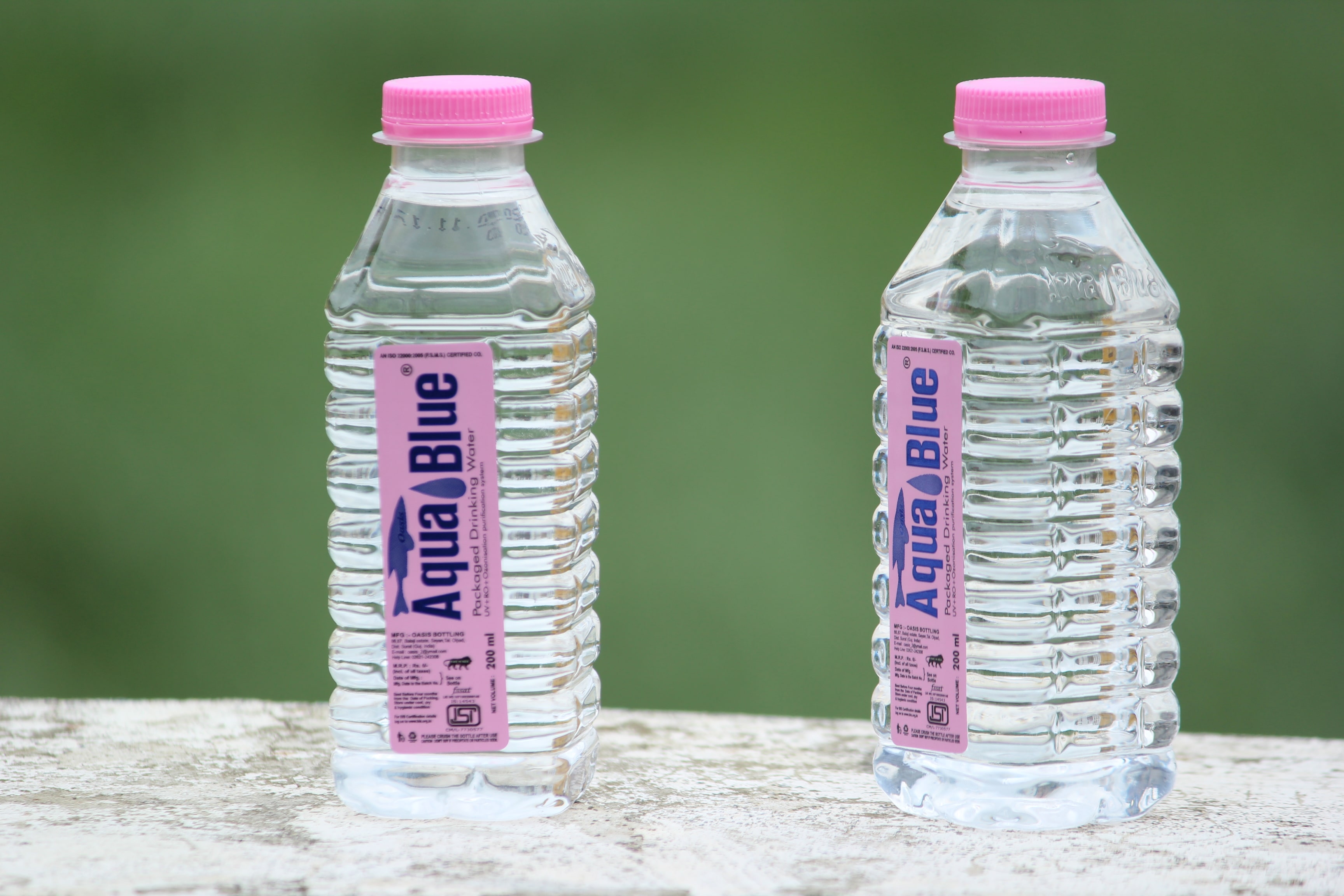
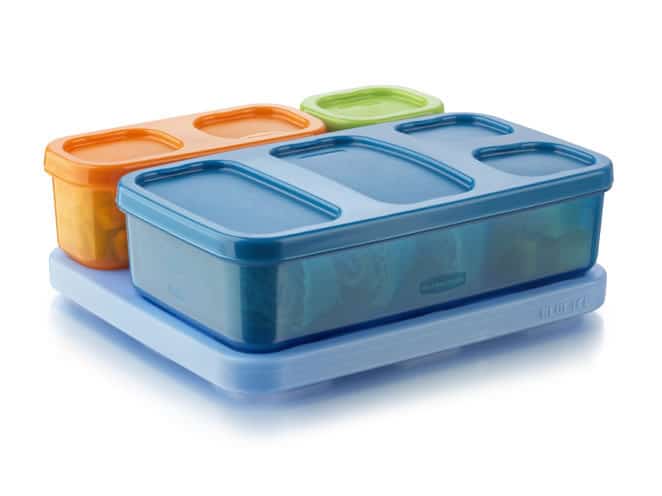
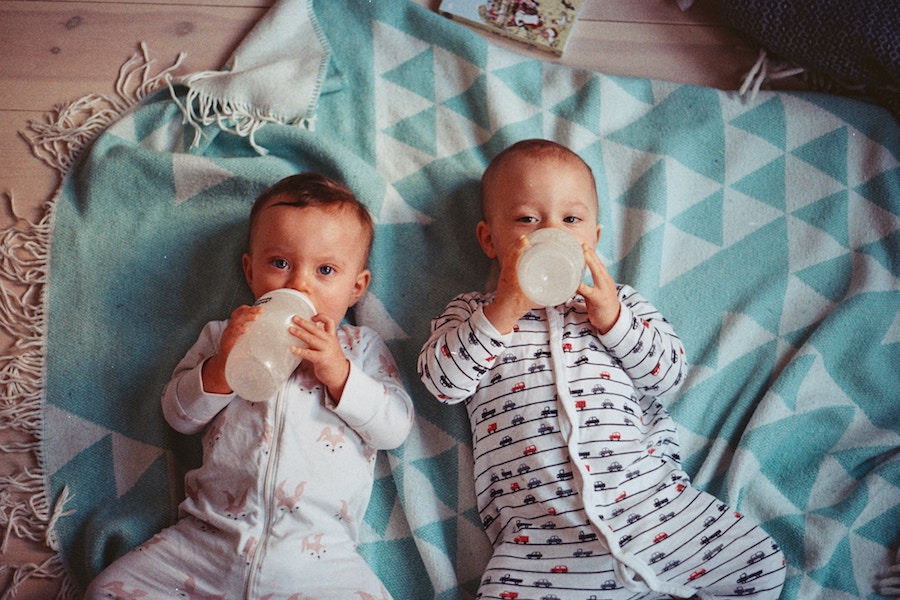
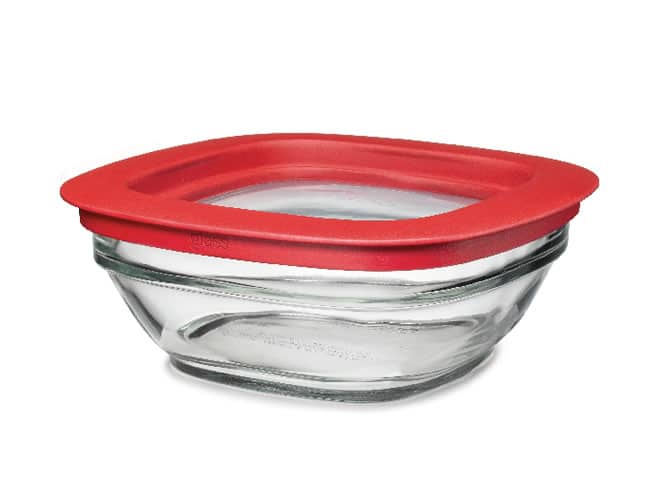
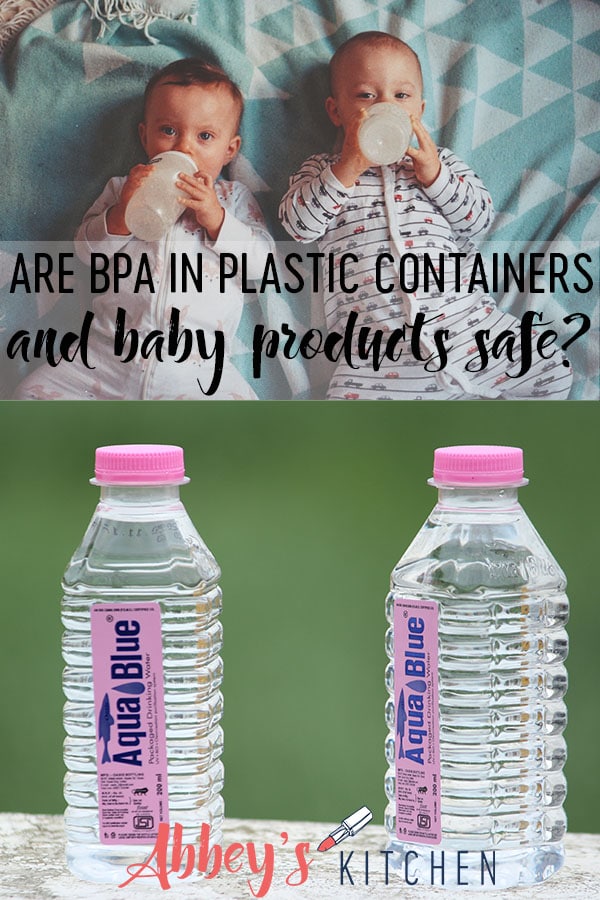
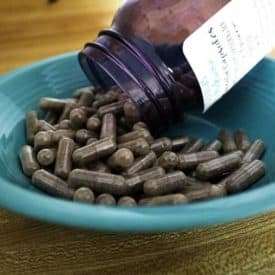

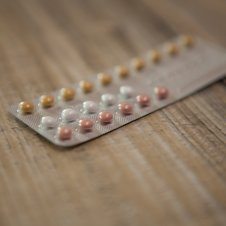
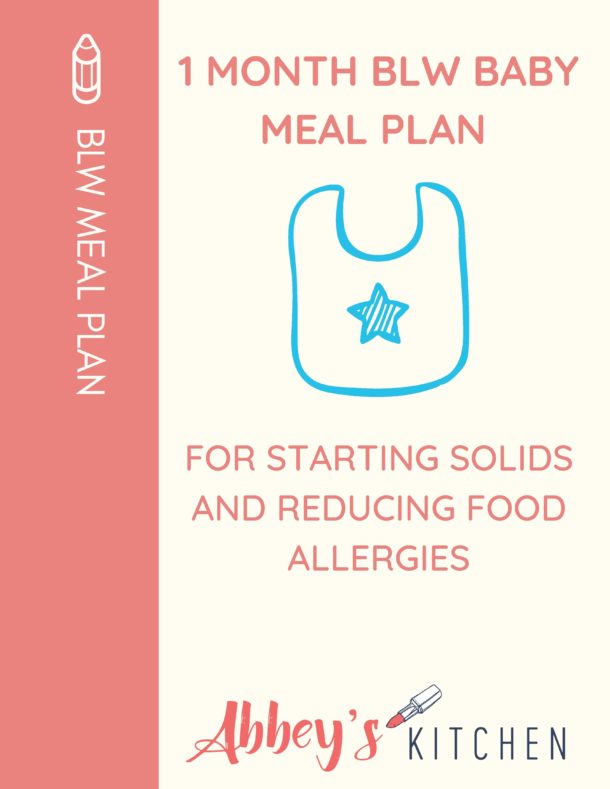
E says
Hi abby,
Could you do a segment on phthalates in dairy specifically? Coming from the milking machinery itself and not packaging?
Deborah Brooks says
No one talked about any of this when my kids were little! Thanks for clearing up some misconceptions
Abbey Sharp says
Gladly! Thanks Deborah
GiGi Eats says
There are so many HIDDEN INGREDIENTS EVERYWHERE!!! It’s hard to figure out what’s good and bad, but I am not going to worry too much about it.
Abbey Sharp says
Definitely. Some worse than others.